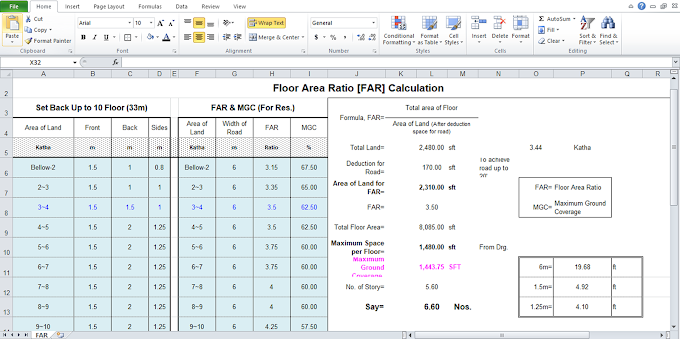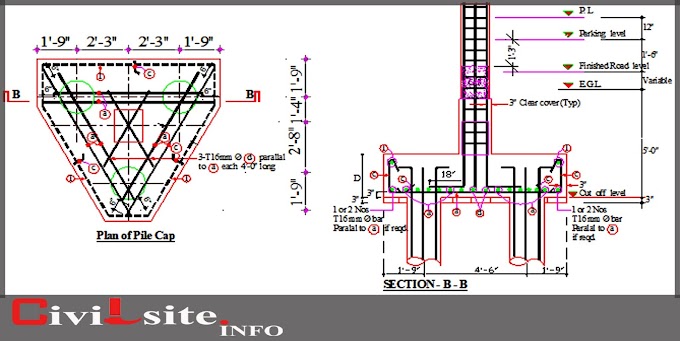Building bridges is a sophisticated and crucial engineering undertaking that requires precision, durability, and innovative approaches. One of the key components contributing to the success and longevity of a bridge is the implementation of effective bearing systems. PTFE (polytetrafluoroethylene) slide bearing plates have emerged as a groundbreaking solution in this field.
In this article, we will explore the
applications and benefits of PTFE
slide bearing plates in bridge construction.
Understanding PTFE Slide Bearing Plates
PTFE, commonly known as Teflon, is a
high-performance polymer with exceptional properties such as low friction,
excellent chemical resistance, and a wide temperature range. These
characteristics make PTFE an ideal material for slide bearing plates, which are
essential components in bridge construction.
- Low
Friction Properties: PTFE's low friction coefficient allows for smooth
and easy movement between bridge components. This property minimizes wear
and tear, reducing maintenance requirements over the lifespan of the
bridge.
- Chemical
Resistance: Bridges are exposed to various environmental
conditions, including moisture, chemicals, and pollutants. PTFE exhibits
remarkable resistance to these elements, guaranteeing that the bearing
plates retain their structural integrity and functionality even in
challenging environmental conditions.
- Temperature
Stability: PTFE can withstand a wide temperature range, whether
in extreme cold or heat, PTFE slide bearing plates remain stable,
providing consistent performance.
Applications in Bridge Construction
PTFE slide bearing plates find
application in various aspects of bridge construction, offering solutions to
common challenges faced by engineers and builders.
- Expansion
Joints: Bridges undergo thermal expansion and contraction due to
temperature variations. PTFE slide bearing plates are utilized in
expansion joints to allow controlled movement, preventing structural
damage and ensuring the safety of the bridge.
- Load
Distribution: PTFE slide bearing plates are employed to
distribute loads evenly across bridge components.
- Seismic
Design: In regions prone to seismic activity, PTFE slide bearing
plates can help dissipate seismic forces, protecting the bridge from
potential damage.
Benefits of PTFE Slide Bearing Plates
- Longevity:
PTFE's durability and resistance to wear make slide bearing plates a
long-lasting solution, reducing the need for frequent replacements and
maintenance.
- Reduced
Friction: The low friction coefficient of PTFE ensures smooth
movement between components, minimizing energy loss and contributing to
overall efficiency.
- Maintenance
Cost Savings: By minimizing wear and reducing the need for
frequent maintenance, PTFE slide bearing plates result in cost savings
over the lifespan of the bridge.
Conclusion
PTFE slide bearing plates have proven to
be a game-changer in bridge construction, offering a combination of durability,
low friction, and versatility. As the demand for resilient and long-lasting
infrastructure grows, PTFE slide bearing plates continue to play a pivotal role
in enhancing the performance and lifespan of bridges around the world. Their
application in expansion joints, load distribution, and seismic design
showcases their adaptability and contribution to the advancement of modern
bridge engineering.














0 Comments